When people talk about mineral processing equipment, ball mills, flotation cells, crushers, shaking tables, jigs, and desorption electrolysis systems usually come to mind first. Yet the agitator tank is also a key auxiliary device. It creates and maintains a stable, uniform, and efficient mixing or reaction environment, and plays a vital role across the entire process.
Based on slurry properties, particle size, chemical media, and process needs, Xinhai has developed 9 types of agitator tanks used for slurry mixing, reagent preparation, acid washing, and high-density material agitation.
In this article, we break down 9 practical agitator tank types, explain how each works, highlight their typical design features, and show where they fit best. By the end, you’ll have a clearer picture of which tank suits your operation.
Use the table of contents below to navigate through the guide:
01What an Agitator Tank Is and How It Works?
An agitator tank is a vessel equipped with an impeller (or multiple impellers), drive system, tank body, and feed/discharge ports. The tank body is usually made of corrosion-resistant materials to handle aggressive slurries. Impellers can be propeller-type, paddle-type, or other designs driven by an electric motor.In mineral processing, agitation tank plays 4 key roles across the entire circuit:

Slurry preparation and homogenization — mixing ground ore with water to form a consistent pulp and prevent settling before feeding downstream equipment.
Reagent dispersion — ensuring collectors, depressants, frothers, and other reagents fully contact the pulp to maximize their effectiveness in flotation or leaching.
Reaction enhancement — increasing solid-liquid contact area in leaching circuits to speed up valuable metal dissolution.
Pre-separation conditioning — keeping particles suspended before thickening, classification, or filtration.
Stable agitation directly affects recovery, grade, and overall plant efficiency.
02Detailed Overview of 9 Agitator Tank Types
Grouped by purpose (mixing / lifting / high-density / chemical media) and slurry characteristics, the nine common types fall into 4 major categories:
1. General Slurry Mixing Agitator Tanks
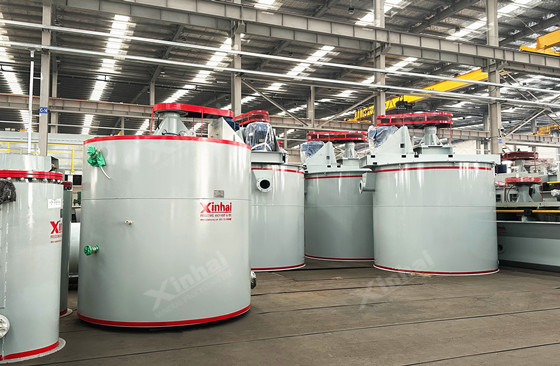
Typical Features:
Large diameter impellers, relatively high tip speed.
Circulation/flow guide cylinder (enhances bottom circulation).
Lined with wear-and corrosion-resistant rubber.
Their common working principle relies on a high-speed rotating impeller to generate axial and radial flow patterns. This suspends solids, disperses reagents, and creates a large circulation zone for uniform mixing.
2. Lifting Agitator Tanks (Pumpless transfer)
The core purpose of these tanks is to enable slurry lifting and transfer without pumps, or where pump use is impractical. The Slurry Lift Agitator Tank achieves this.
Working principle: The centrifugal impeller throws slurry outward, creating negative pressure at the impeller eye. Fresh slurry is sucked in through the suction pipe, mixed, and discharged upward. Once the liquid level reaches the overflow weir, slurry exits continuously — effectively giving the tank built-in lifting capability.
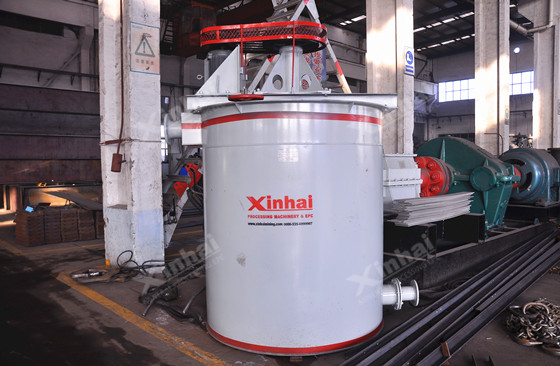
Key advantages:
Combines mixing and lifting in one unit
Lift height can be customized
Great replacement for pumps in low-head applications
3. Agitators for Special Slurry Conditions
Used for high-density, easily settling, or highly viscous slurries.
(1)High-concentration pulp agitator tank
Structure: Dual impellers on the same shaft — upper impeller pushes downward, lower impeller pushes upward. The two opposing flows collide in the middle and spread outward, forming a strong full-tank circulation loop and upward current that prevents settling even at densities up to 75% solids.

Impellers are usually lined with Xinhai wear-resistant rubber.
Typical uses: Thickener underflow buffering, backfill slurry mixing, etc.
(2) Cone-bottom agitator tank
Simple impeller mixing with a conical bottom for fast, complete discharge. Tank body can be rubber-lined. Widely used for lime slurry preparation and storage.

4. Chemical & Leaching Agitator Tanks
Designed for reagent preparation, acid washing, and leaching/adsorption processes. Main types include:
(1)Reagent Agitator Tank: Impeller agitation ensures reagents are fully dissolved and mixed. Structure can be customised based on reagent properties.

(2) Acid Washing Agitator Tank
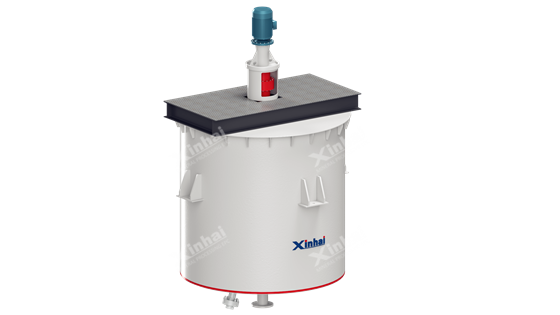
(3) Double-Impeller Leaching Agitator Tank
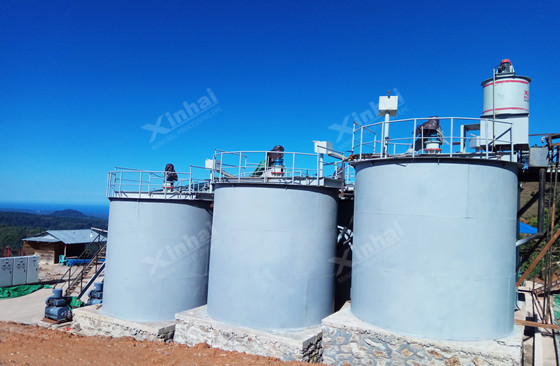
Two impellers create strong top-to-bottom circulation: downward flow in the center hits a damping plate, spreads, then rises along the walls. Air is introduced through multiple points in the hollow shaft for uniform dispersion.
Benefits: High gas-liquid mixing efficiency, low power consumption.
Main application: Gold cyanidation plants (CIP/CIL) where pulp fineness ≥90% –200 mesh and solids ≤45%.
For easy comparison, the principles and characteristics of these 4 categories are summarized below:
Category | Typical Agitator Types | Material Agitated | Operational Characteristics | Typical Applications |
General Slurry Mixing | Standard, High-Efficiency, Coarse Particle | Medium-density slurry | Pre-flotation mixing; high uniformity required | Metal ore flotation conditioning |
Slurry Lifting | Lift Agitator Tank | Medium-density slurry | Requires lift where pump is not feasible | Compensating for equipment layout height differences |
Special Slurries | High-Density, Cone Bottom | High-density or easy-settling slurry | Requires strong circulation or anti-settling capability | Thickener underflow, paste backfill, milk of lime |
Chemical Media | Reagent, Acid Wash, Leaching | Reagents, acid solutions | Corrosive environment; special materials required | Reagent preparation, post-electrolysis carbon acid washing |
03How Agitator Tanks Are Used in Real Projects
As a provider of mineral processing equipment and EPCM services, Xinhai has extensive experience with agitation systems in gold, nickel, and polymetallic projects worldwide. Below are three examples.
2 Million t/a Gold CIL Project, Mongolia – Dual-Impeller Leaching Agitator Tank

In a large Mongolian gold CIP project, where ore fineness reached 90% passing 200 mesh, the leaching stages demanded high uniformity and effective gas-liquid mixing. Xinhai configured Dual-Impeller Leaching Agitator Tanks for key stages like pre-leaching and adsorption. After commissioning, stable leaching rates were achieved, residence time in critical sections was reduced, and overall system energy consumption decreased. This case validated the suitability and reliability of this agitator type for large-scale gold CIL projects.
300t/d Nickel Project, Indonesia – Acid-Resistant Agitator in Hydrometallurgy
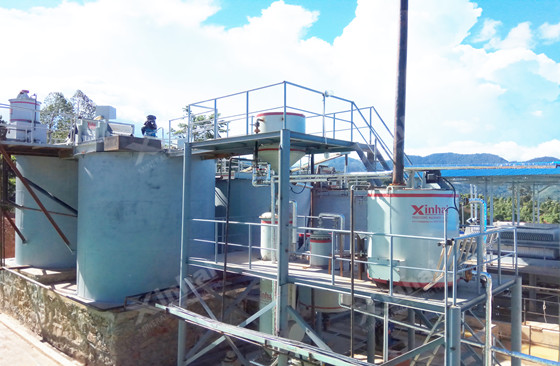
An Indonesian nickel project required mixing of high-temperature, highly acidic slurry in the pre-treatment stage of its hydrometallurgical process. Standard carbon steel agitators could not meet the corrosion and temperature demands, leading to high maintenance. Xinhai Mining supplied Acid Wash Agitator Tanks specifically designed for this environment.
The system achieved stable operation, reduced acid consumption, extended equipment lifespan, and minimized downtime, providing reliable stability for the entire hydrometallurgical circuit. This case highlights the applicability of Xinhai's acid-resistant agitators in nickel and other hydrometallurgical applications.
If you’re looking for the right agitator tank configuration for your plant, feel free to reach out to our engineering team for detailed technical support.


 marketing@ytxinhai.com
marketing@ytxinhai.com  0086 13810327080
0086 13810327080 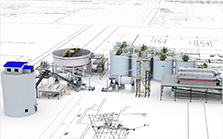
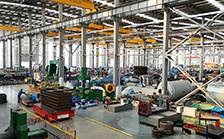

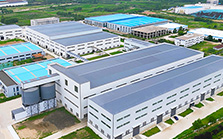
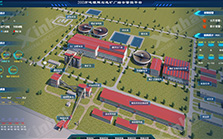
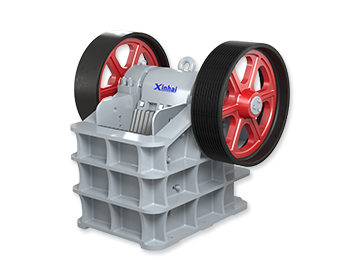
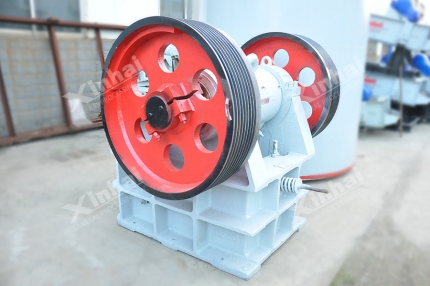


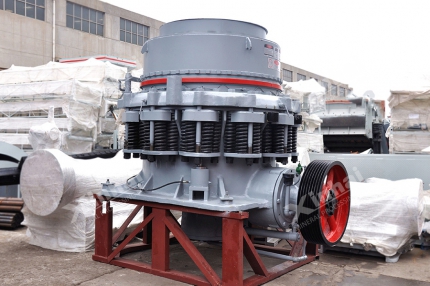
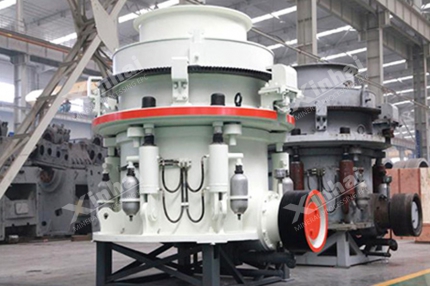
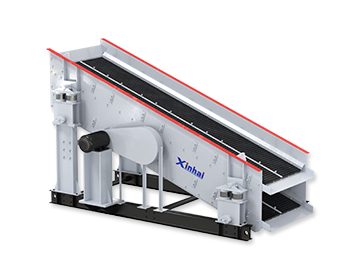

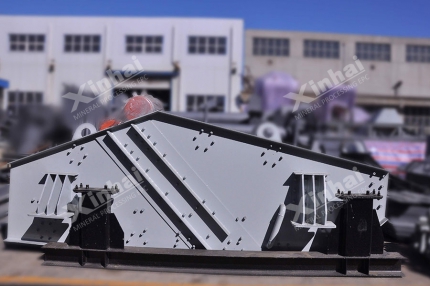

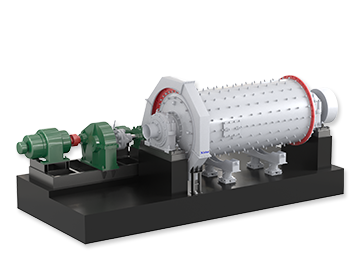
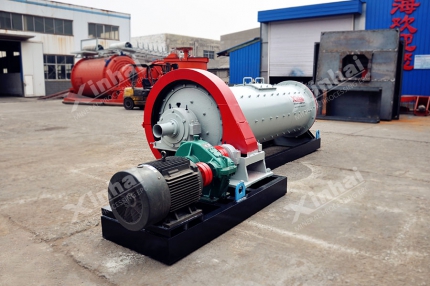


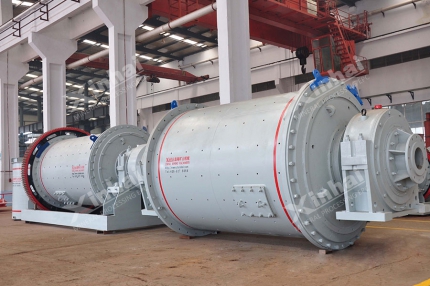
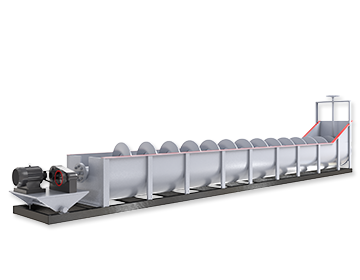
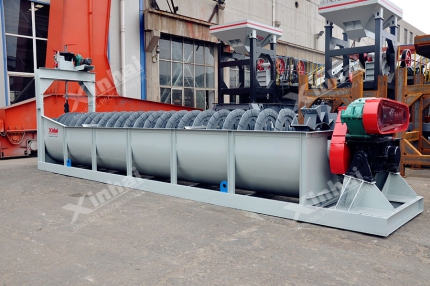


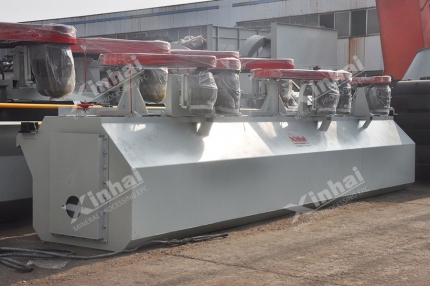
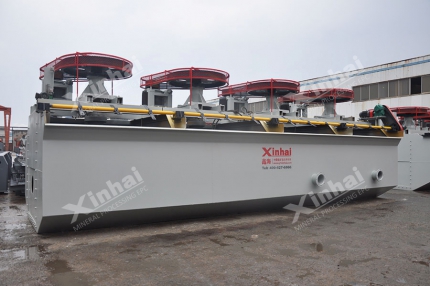
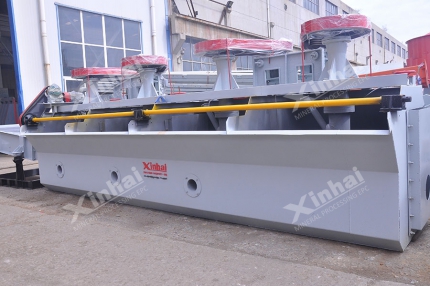
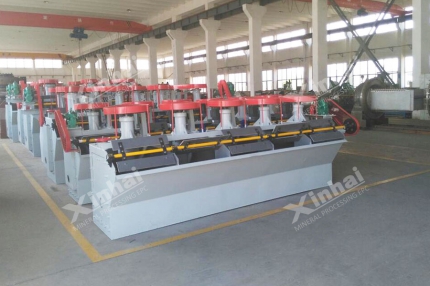
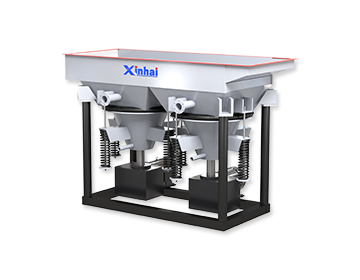

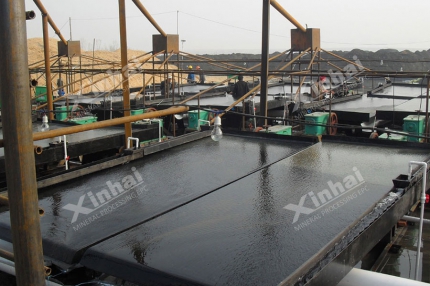

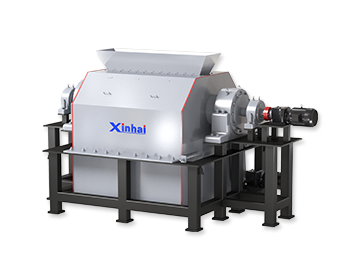
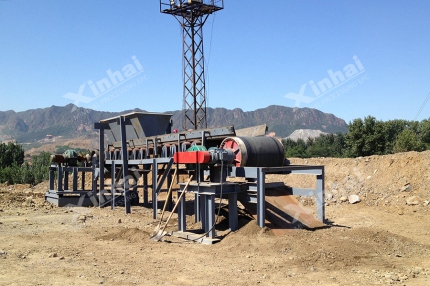


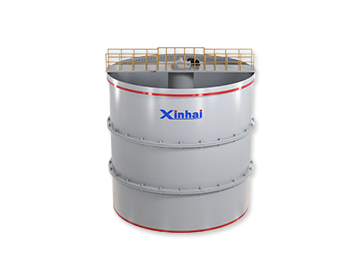

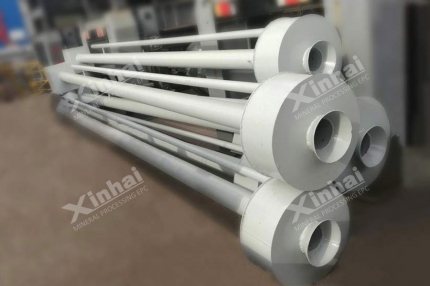
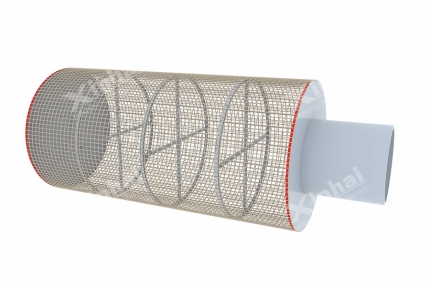
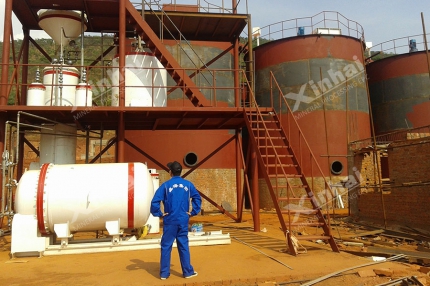
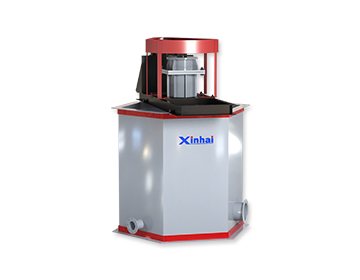

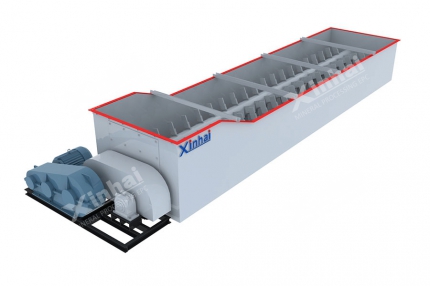
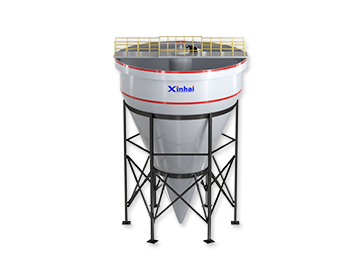
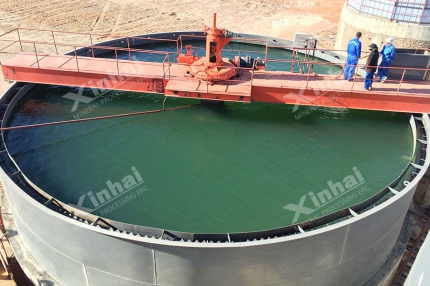
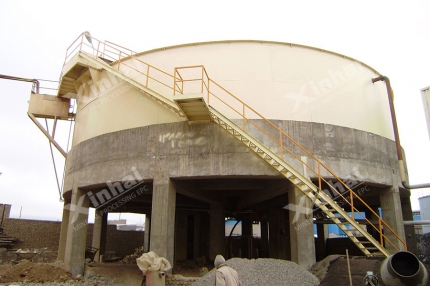
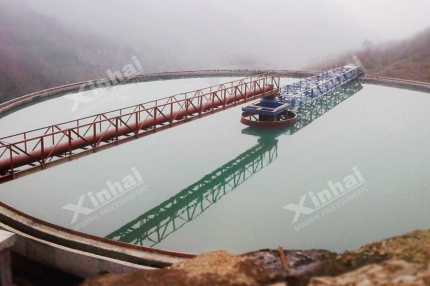
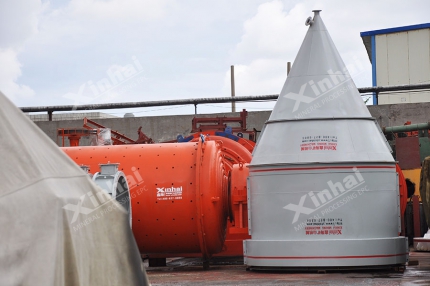
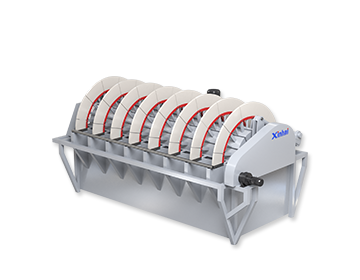
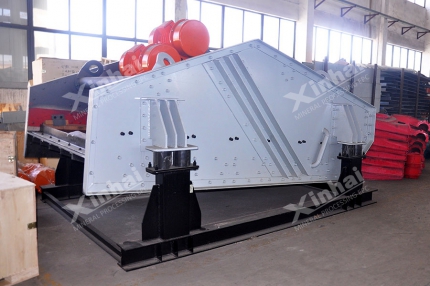
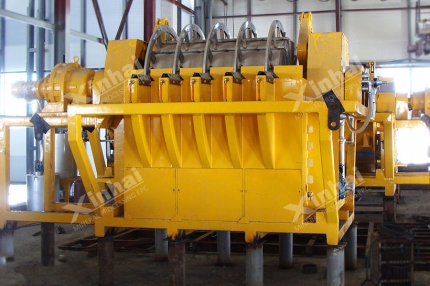
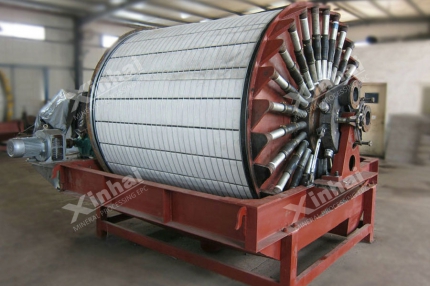
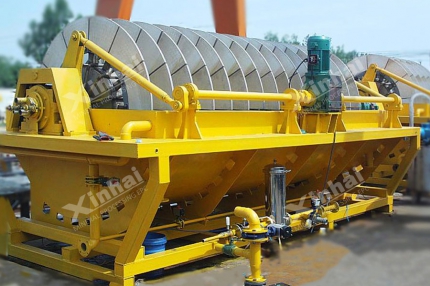
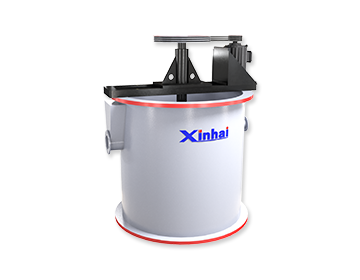
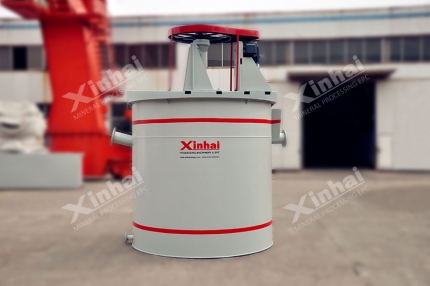
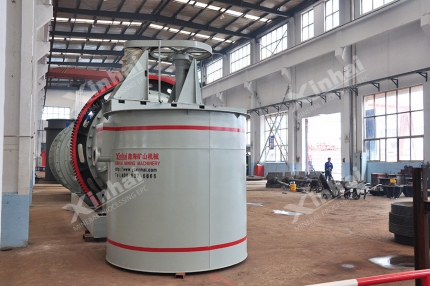
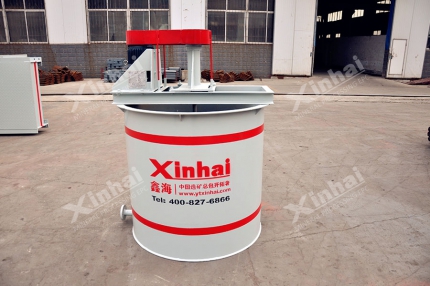
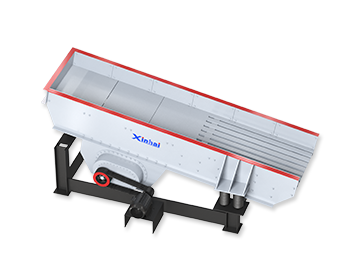
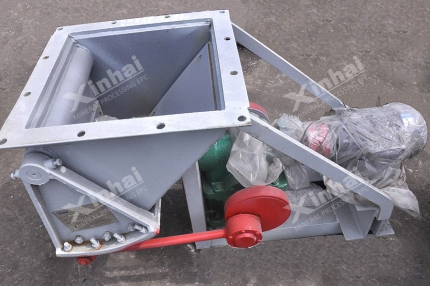

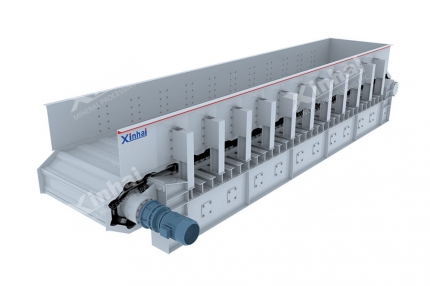
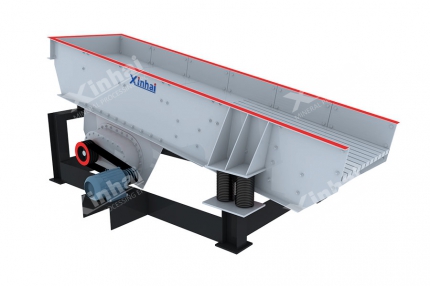
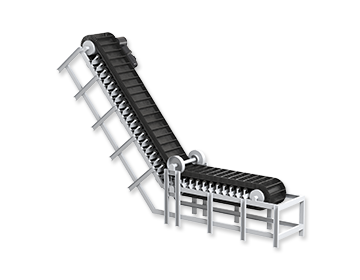
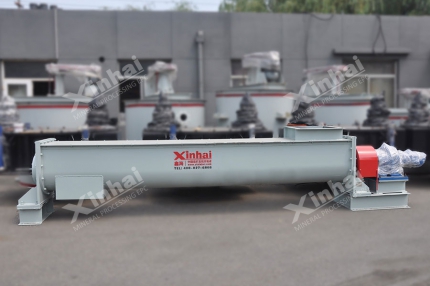

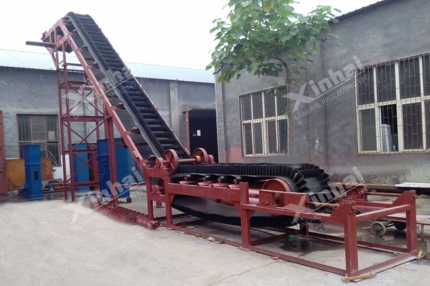


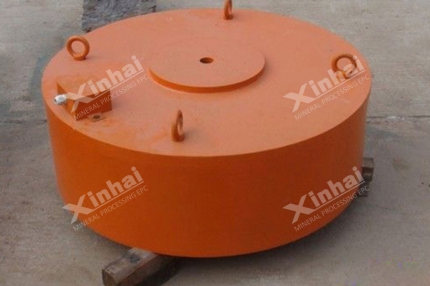
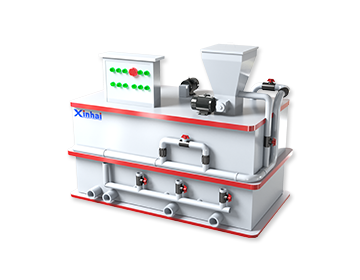
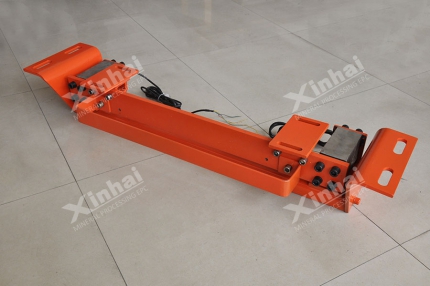
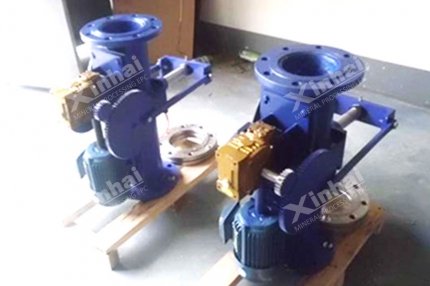
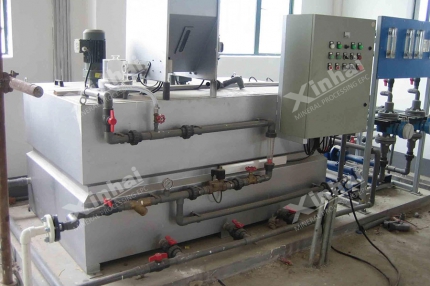
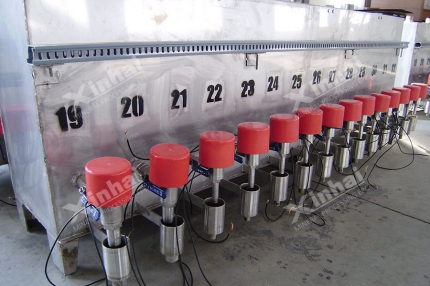
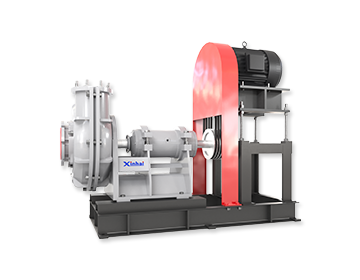
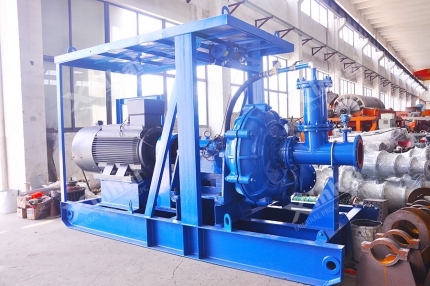

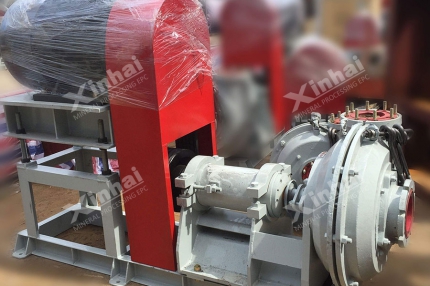

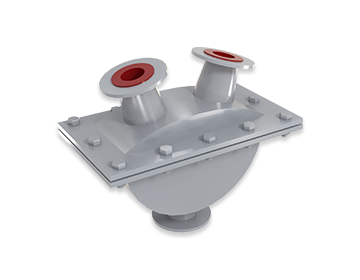
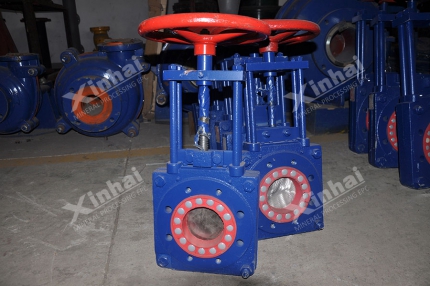


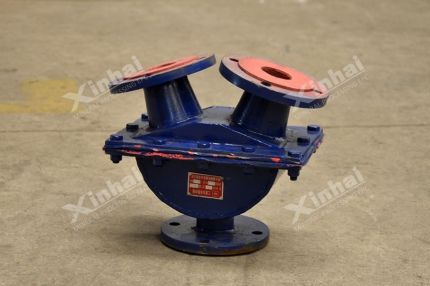
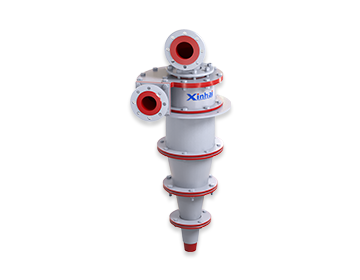

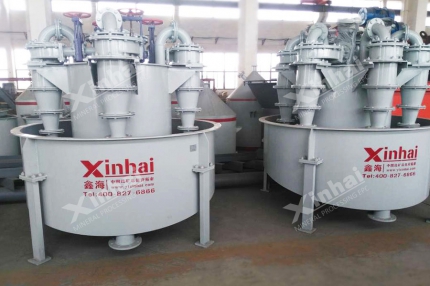
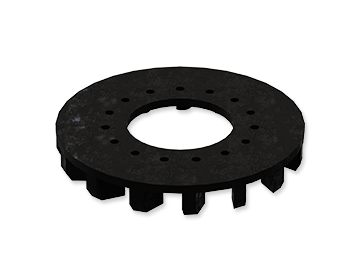

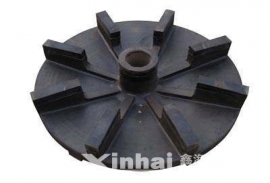


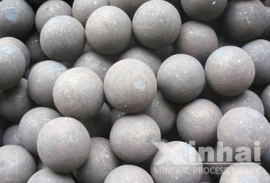
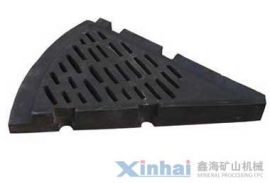








 CHAT
CHAT MESSAGE
MESSAGE













